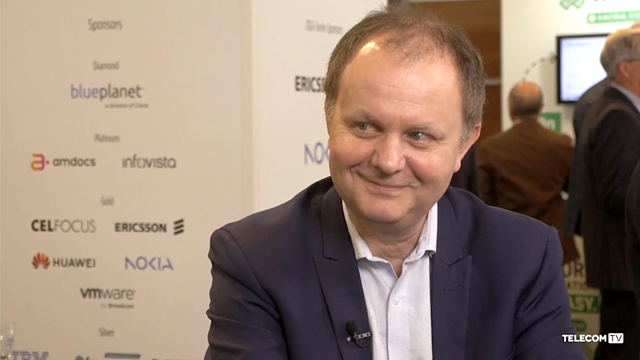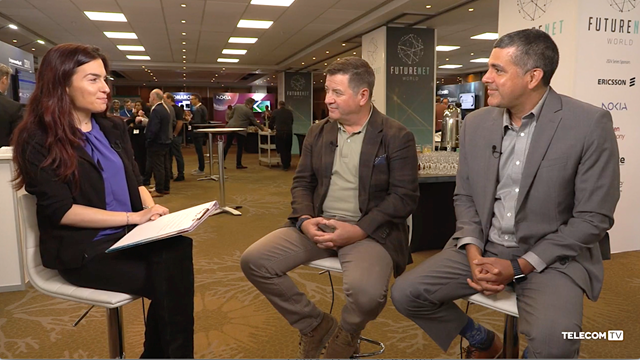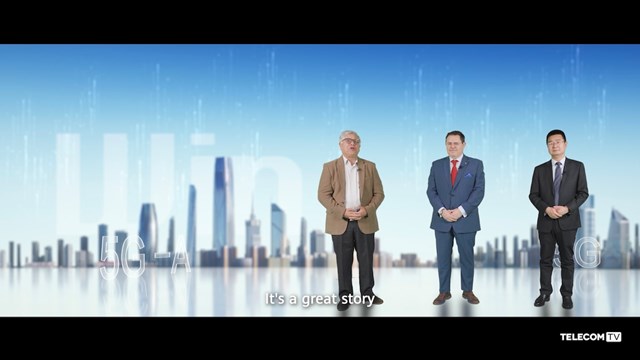5G Americas announces new report on progress towards 5G Cellular IoT
BELLEVUE, Wash. – December 6, 2017 – 5G Americas, the industry trade association and voice of 5G and LTE for the Americas, today announced the publication of LTE Progress Leading to the 5G Massive Internet of Things to outline the technological advancements that will support the growing markets for wearables, health care, connected vehicles, and more Internet of Things (IoT). This market is predicted to be a key business driver of the telecom industry and its upcoming next generation. IoT will require new technology requirements for its varied use cases. More recently, the industry has created the term Massive IoT (MIoT), referring to the connection for potentially tens of billions of devices and machines, that will require further definition in the standards for LTE and later for 5G.
“Some cellular service providers in the U.S. are already adding more IoT connections than mobile phone connections, and the efforts at 3GPP in defining standards for the successful deployment of a wide variety of services across multiple industries will contribute to the growing success for consumers and the enterprise,” noted Jean Au, Staff Manager, Technical Marketing, Qualcomm Technologies, Inc. and co-leader of 5G Americas whitepaper LTE Progress Leading to the 5G Massive Internet of Things.
Today, Low-Power Wide-Area (LPWA) is already gaining attention and it is anticipated that cellular-based technologies such as LTE-M (Machine) and Narrowband-IoT (NB-IoT) will become the leading LPWA standards by 2020. Operators can choose from several Cellular IoT (CIoT) technologies based on their spectrum portfolio, legacy networks, and requirements of their offered services.
LTE-M is the commercial term for enhanced Machine-Type Communication (eMTC) LPWA technology published in the 3GPP Release 13 specification along with NB-IoT. Both technologies will continue to evolve in subsequent releases. They are supported by the vast majority of all major mobile manufacturers and can co-exist with 2G, 3G, and 4G cellular networks. As they are 3GPP-standardized and run on licensed spectrum, they offer clear advantages over non-cellular IoT technologies with technical features such as carrier-grade security.
The generic requirements for IoT are low cost, energy efficiency, ubiquitous coverage, and scalability (ability to support a large number of connected machines in a network). In the 3GPP Release 13 standard, eMTC and NB-IoT meet the generic IoT requirements: they support in-band or guard band operations; device cost and complexity are reduced; a large quantity of IoT devices can be supported in a network; and battery life is extended. 3GPP Release 14 in 2017 introduces enhanced mobility, Voice-over-LTE (VoLTE), support of higher data rates, broadcast (enhanced Multicast Downlink transmission) and improved positioning capabilities, among other innovations for CIoT.
“Whereas 4G has been driven by device proliferation, bandwidth hungry mobile services, and dynamic information access, 5G will also be driven by IoT applications,” remarked Vicki Livingston, Head of Communications, 5G Americas. “There will be a wide range of IoT use cases in the future, and the market is now expanding toward both Massive IoT deployment as well as more advanced solutions that may be categorized as Critical IoT.”
To reach massive scale, which is defined by 3GPP as at least 1 million devices per square kilometer, mobile networks must more efficiently support the simplest devices that communicate infrequently, and are ultra-energy efficient so they can deliver an extremely long ten-year battery life. The requirement would be for low-cost devices with low energy consumption and good coverage. Alternatively, Critical IoT applications will have very high demands for reliability, availability, and low latency which could be enabled by LTE or 5G capabilities. Declining modem costs, evolving LTE functionality and 5G capabilities are all expected to extend the range of applications for critical IoT deployments. However, many use cases exist between these two extremes, which today rely on 2G, 3G or 4G connectivity.
“Network connectivity is essential for the IoT and there are many wireless access technologies currently in use. However, given the wide variety of use cases, environments and requirements, no single connectivity technology or standard can adequately serve all use cases, so this is where development of multiple 3GPP cellular technology standards can cater to the future. 3GPP is keeping up with the growth of IoT to address the market demand,” confirmed Chris Pearson, President, 5G Americas.
LTE Progress Leading to the 5G Massive Internet of Things was written by co-leaders Betsy Covell, Nokia Bell Labs Senior Standards Manager and Jean Au, Staff Manager, Technical Marketing, Qualcomm Technologies, Inc. as well as Vicki Livingston of 5G Americas and representatives from member companies on 5G Americas’ Board of Governors who participated in the development of this white paper. The whitepaper is available for free download.
Email Newsletters
Sign up to receive TelecomTV's top news and videos, plus exclusive subscriber-only content direct to your inbox.



